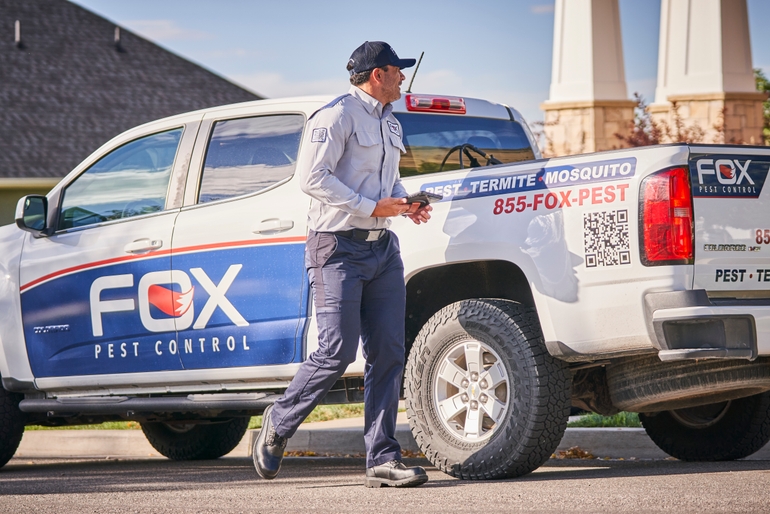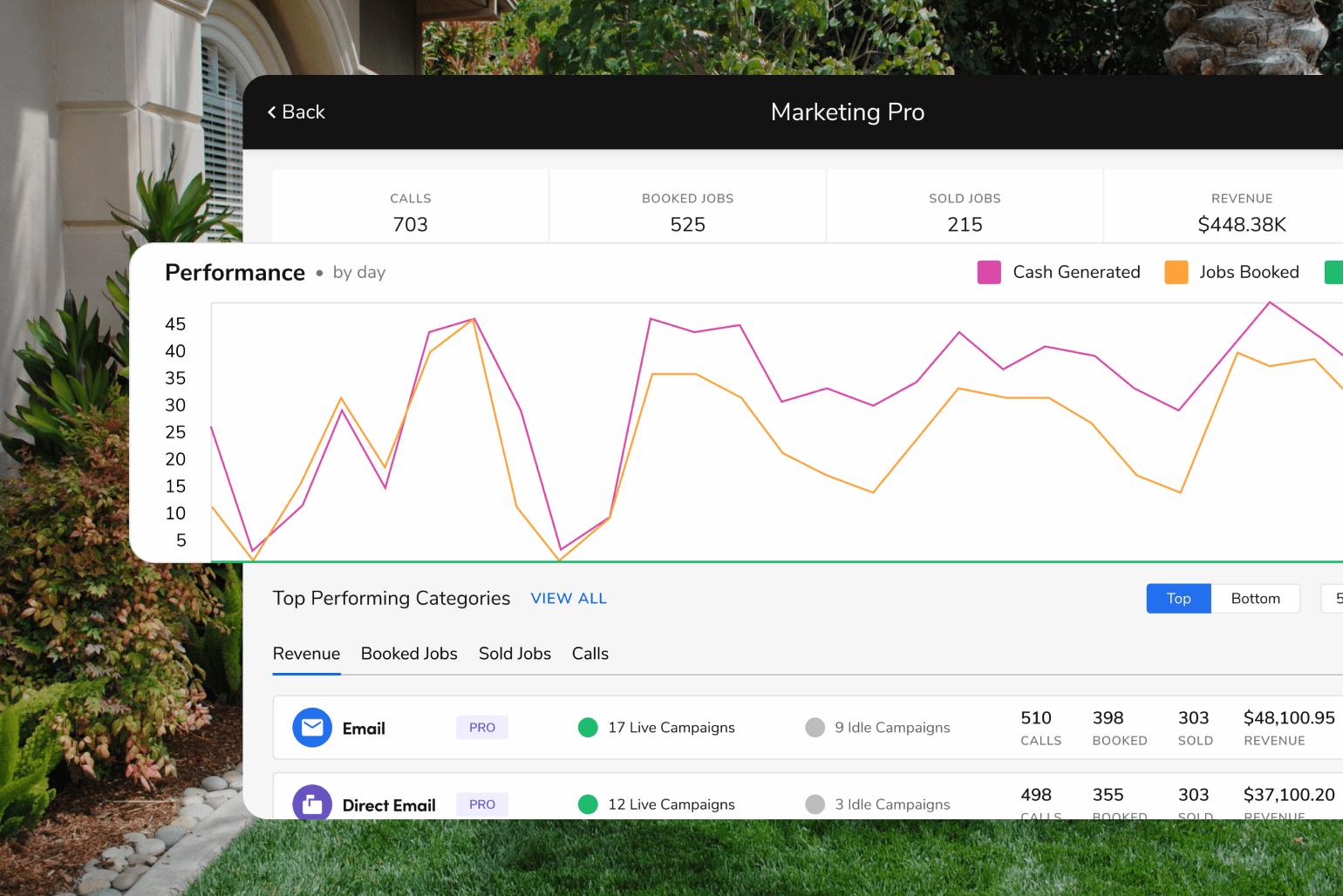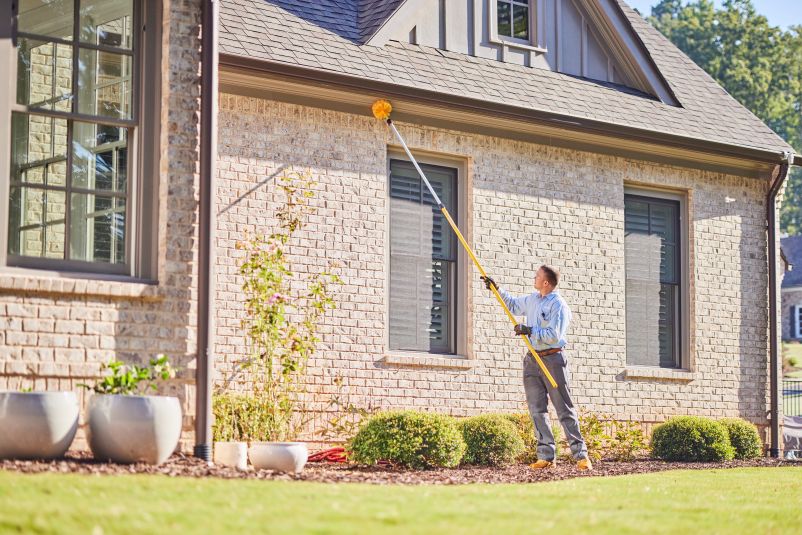The Ultimate Pest Control Truck Setup Blueprint (Improve Efficiency)

The Ultimate Pest Control Truck Setup Blueprint
A well-organized pest control truck is essential for efficient and safe operations. Crews must be equipped with all the necessary tools and materials to complete jobs on their routes in a single trip. This avoids wasting time on unnecessary errands and ensures customer satisfaction by preventing delayed or incomplete service.
When it comes to storing pest control chemicals, a top consideration is safety. Implementing secure storage solutions and adhering to industry safety standards protects you from potential accidents and mitigates the risk of chemical spills or exposure.
Learn how the best pest control technicians set themselves up for success, starting with their work trucks.
Essential Equipment for Pest Control Trucks
First, consider the essential pest control tools and equipment you need to stock your trucks, which include the following:
Foamer for applying pest control products in tight spaces
Various types of traps
Duster for applying pest control powders
PPE, including gloves, respirator, helmet, safety boots, goggles, and coveralls
Hose and backpack sprayer for liquid pest control applications
Vacuums
Hand tools, like mirrors and flashlights
Ladders
Tools and quantities may vary depending on whether you service residential or commercial pest control clients, what pest control services you offer, what pest control methods you use, and more.
To store your pest control must-haves, trucks or cargo vans should also be equipped with durable and secure storage solutions to keep items organized and safe during transit and on jobs.
Organizing the Truck Interior
Once you list what needs to go on your pest control work vans or trucks, consider how you’ll organize the vehicles to provide field techs quick and easy access to the necessary tools.
Whether your trucks have gotten messy or you’re just launching a pest control business, follow these truck organization best practices.
Storage solutions for tools and chemicals
Consider vehicle upfits for tools you’ll always have on the work truck, such as built-in shelving units, drawer systems, storage boxes, and lockable cabinets. Roll-out trays can provide easier access to heavier tools, minimizing strain on technicians from excessive lifting.
For chemicals, look for storage solutions made from materials resistant to corrosion and chemical damage. Follow all chemical safety regulations and guidelines for hazardous materials, which include proper ventilation for chemical storage areas.
Install sealed partitions between the cargo area and driver’s compartment to prevent chemicals or tools from entering the cab in case of sudden stops.
Dedicated areas for equipment
With a place for everything and everything in its place, techs will move with focus and efficiency. An organized truck also exudes professionalism.
When organizing a pest control work truck, choose permanent homes for equipment, providing easy access for what you use day-to-day, with lesser-used equipment tucked away a bit more. Create a quick-access zone for the tools and equipment techs require immediately upon arrival, like inspection tools and a backpack sprayer.
A truck with towing capacity could use a trailer for additional storage needs. Otherwise, a topper or truck cap with side cargo access for the truck bed is an excellent option for transporting pest control truck equipment.
Secure transportation of equipment
Securing equipment protects valuable assets while providing a safer work environment and ensuring tools are readily available and in optimal condition when drivers arrive at their service location.
Use specialized storage solutions for bulky items to prevent shifting during transportation. Ladder racks or other ladder storage options allow techs to mount the ladder to the top or side of their work truck, which frees up storage space inside. A hose reel keeps a spray rig hose secure.
Ratchet straps can help secure larger items like sprayers, while bungee cords or cargo nets do the trick for lighter items like small tools or shelf containers. Equip drawers with latches or locks to prevent accidental opening during transit.
Proper labeling for quick identification
Clearly label tool, chemical, and equipment storage to ensure techs find what they need and return equipment and tools to the correct location. This also helps prevent mishaps of techs grabbing the wrong pesticide.
Labels should be easy to read and placed consistently. Color coding or adding icons to categorize tools and equipment helps techs find them faster.
You could include barcodes or QR codes on labels for increased functionality; that way, techs can take quick inventory or reorder items as needed.
Vehicle Maintenance and Safety
Once your truck is set up, establish a routine for inspecting and organizing the truck interior. This includes restocking supplies, ensuring everything is in its designated place, and properly disposing of waste and empty containers. Doing so helps prevent the accumulation of clutter over time.
In addition to ensuring security and safety inside a work vehicle, what’s below the hood matters, too. An unreliable vehicle can lead to a missed appointment and lost customer. Get regular maintenance inspections on all trucks or vans in your fleet to ensure road safety and on-time arrivals.
Optimizing Field Workflow and Efficiency
Organized pest control vehicles show a commitment to efficient operations. Pest control companies can improve efficiency by adopting field service management software to streamline operations, from client communication and estimates to scheduling and routing.
By switching from manual pen-and-paper processes, pest control shops save time, minimize errors, and operate more professionally.
FieldRoutes, an operations platform for the pest control industry, saves time and money while unlocking business growth with features like:
Automated routing to decrease drive time, fuel consumption, and wear-and-tear on work trucks
Drag-and-drop appointment scheduling
Real-time reporting that provides insight into every aspect of business operations
An online payment portal for customers
Automated text, email, and voice communications for appointment and invoice reminders
Ready to level up your workflow? Schedule a free demo today.






